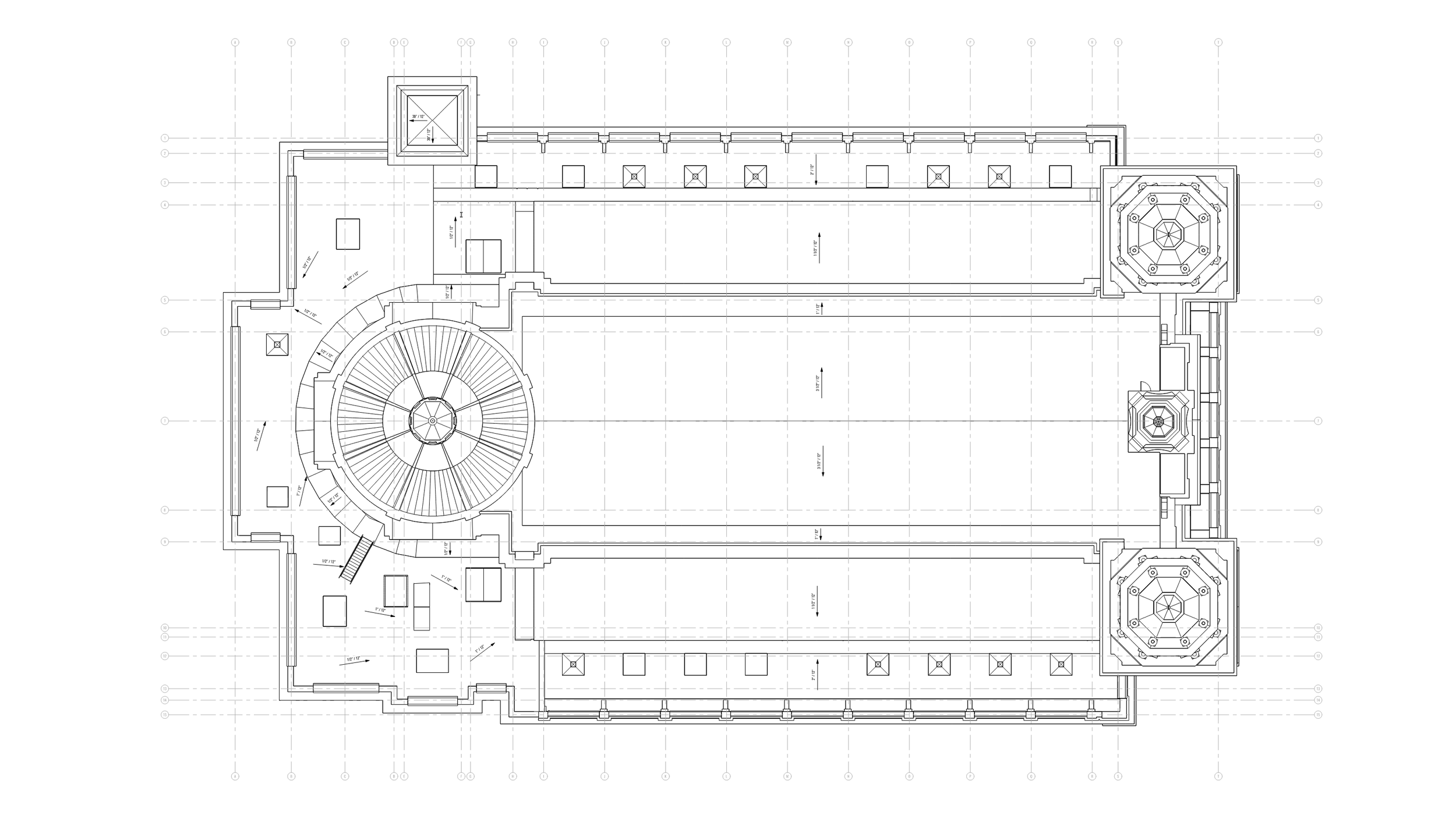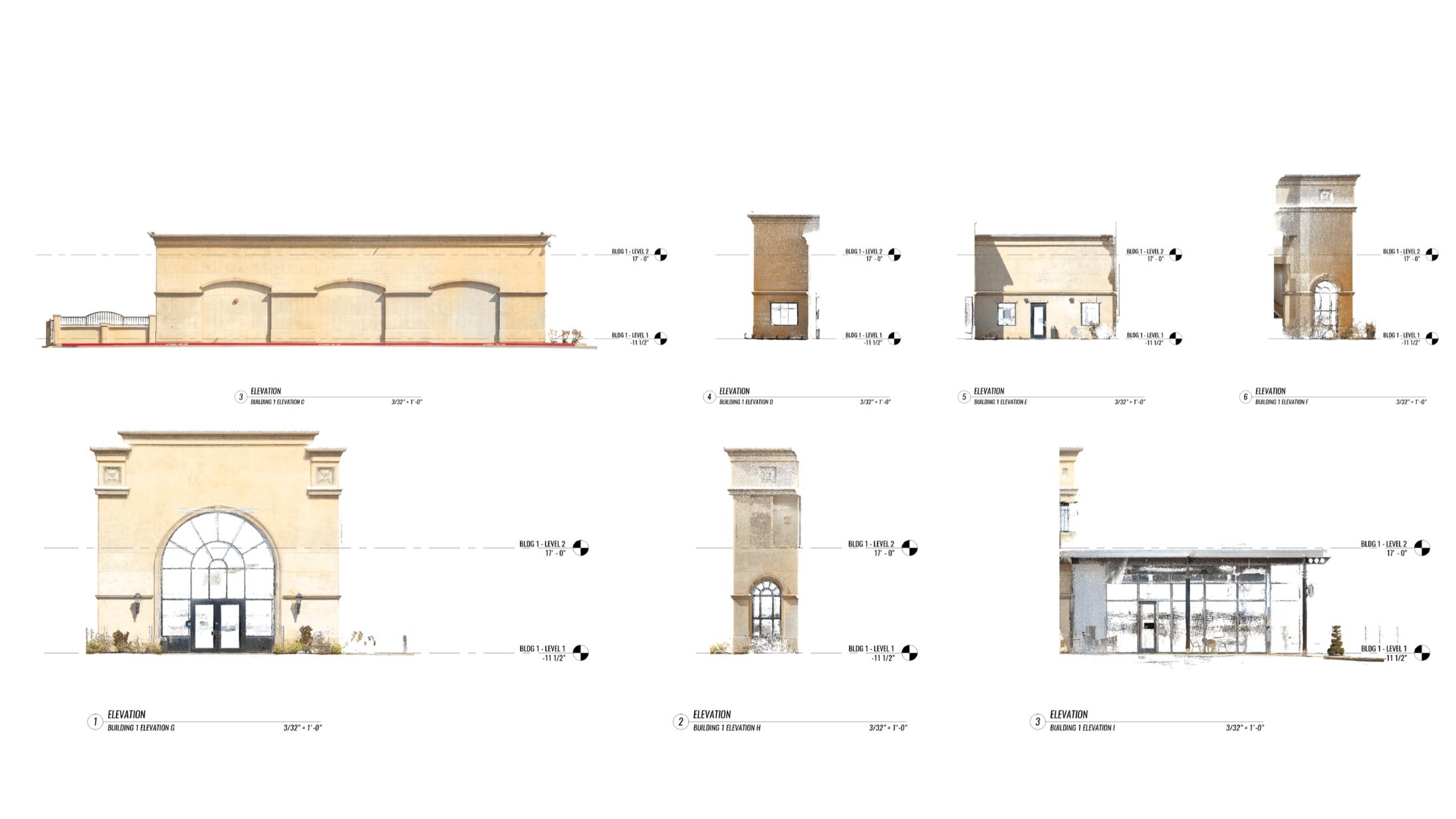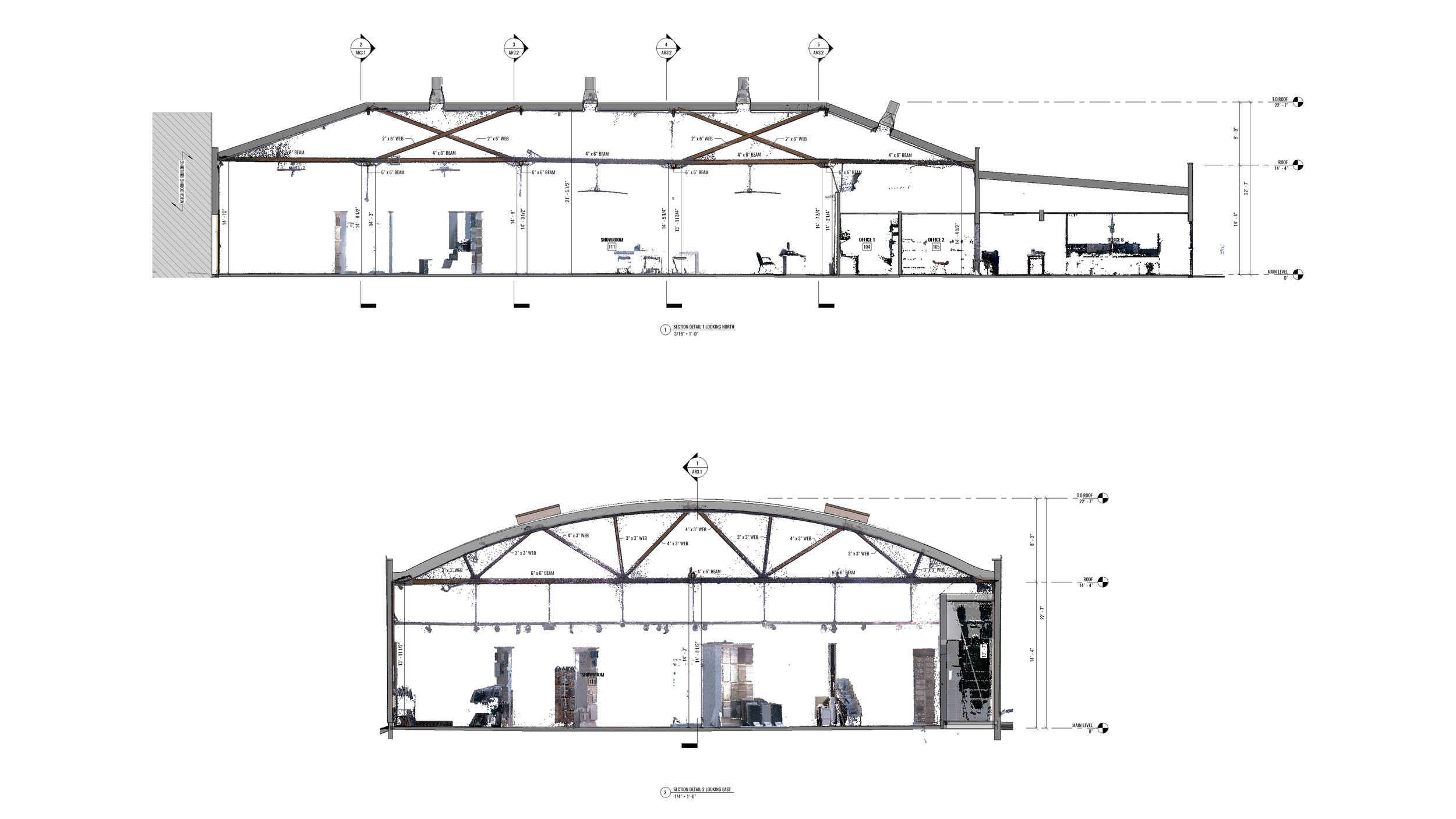

For example, if a building needs repairs or modifications years later, professionals can refer to the as-built drawings to understand how the structure was originally constructed and identify potential challenges or limitations.
Unlike initial plans that may deviate from reality, as-built documentation provides an authentic representation of what was actually built. Its accuracy helps eliminate discrepancies and aids in decision-making processes.

 Built Documentation Definition" width="1920" height="1280" />
Built Documentation Definition" width="1920" height="1280" />







While detailed design provides a blueprint for construction, as-built documentation ensures that there is an accurate record of what has been constructed. This documentation serves several important purposes:



Advancements in technology have significantly improved the efficiency of creating as-builts.








We've covered everything from its necessity and process to its users and components. As-builts play a decisive role in project success and culture, ensuring accuracy, precision, and accountability.
Start implementing this practice in your construction projects to avoid costly mistakes, improve communication, and streamline future modifications. Embrace technology to enhance the accuracy and efficiency of your as-builts, leaving no room for errors or misunderstandings.
Remember, as-built documentation is not just a box to check off—it's a valuable tool that can make a significant difference in the success of your projects. So, don't overlook its significance. Take charge today and harvest the benefits tomorrow.